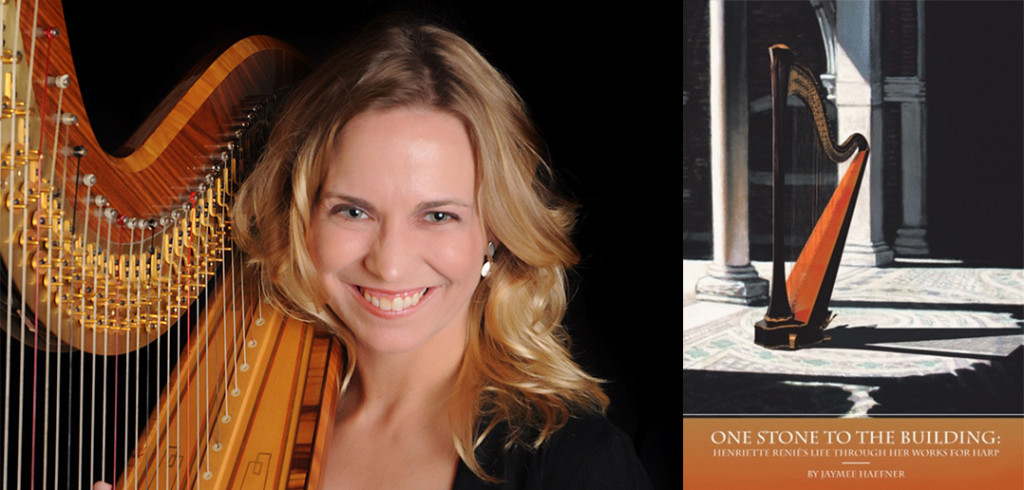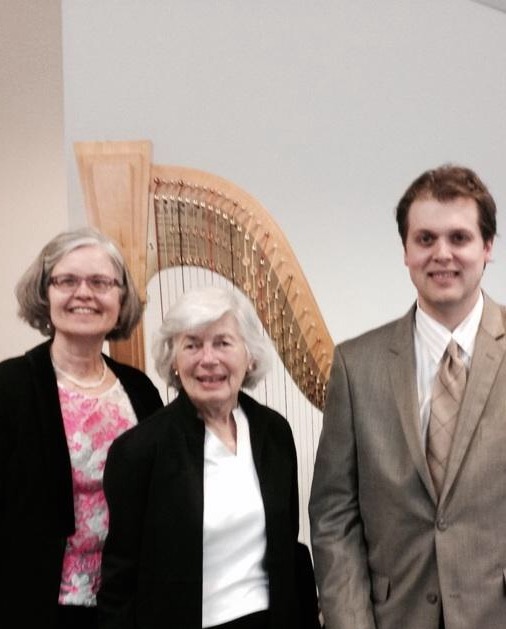Harp technician Steve Moss has published a new book entitled How to Regulate Your Lever Harp, Book One: The Loveland Lever. The book is available now in paperback and e-book editions at the author’s website.
This book is the first volume in a planned series on lever harp regulation, with each volume focusing on a particular brand of lever. “Each type of sharping lever has different characteristics,” Moss explains. “It’s impossible to write a general book on ‘lever harp regulation’ without addressing the individual procedures, tools, and techniques associated with each lever. Since the Loveland was the first lever I learned to regulate at the start of my career, I decided to focus on it first.” Loveland levers are currently used by the Dusty Strings Harp Company, and have been used by a variety of harp makers over the past few decades.
Moss defines the term “harp regulation” as the maintenance and adjustment of a harp’s mechanical parts to keep the harp sounding its best. “When a harp is first made, each lever is located where it will raise the pitch of a string exactly one half step when engaged,” Moss says, “but over time a harp’s string tension causes changes in its structure, eventually throwing the relationship between the lever and string out of balance. Levers can also come loose, bend, or break over time, leading to tuning problems and buzzing. A regulation takes care of all of these problems.” Moss says that lever harps require a full regulation approximately every five years.
While many harpists prefer to hire a professional to maintain their instruments, Moss says learning to regulate your own lever harp is an achievable goal if you have the motivation to learn. “There are some harpists out there who really want to maintain their own harps, and this series is especially for them. But I think everyone with a lever harp has an occasional problem such as a buzzing string or out of tune lever from time to time. Having the knowledge and tools to troubleshoot and fix annoyances like these can mean the difference between getting back to playing problem-free music and waiting months for the next technician to come to town.”
Moss says the book also offers help to non-harpists who may be interested in harp service. “Even if a harpist doesn’t wish to regulate their own harp, they may have a spouse or family member who wants to learn. I’ve included information about harps for those who are new to them, as well as some basic theory for non-musicians who may be interested in learning to service and repair harps.”
Check out Harp Column’s review of the book in our July/August 2023 issue. For more information, visit the author’s website.












